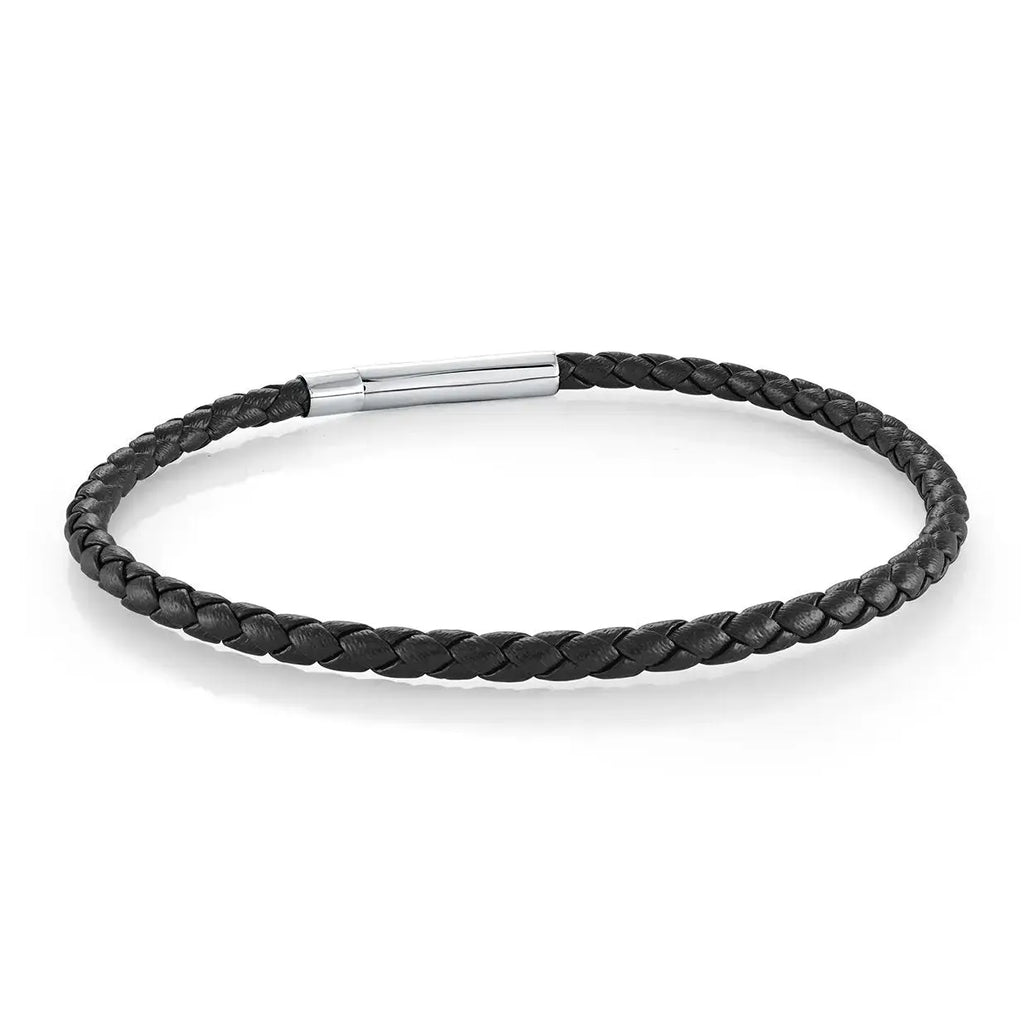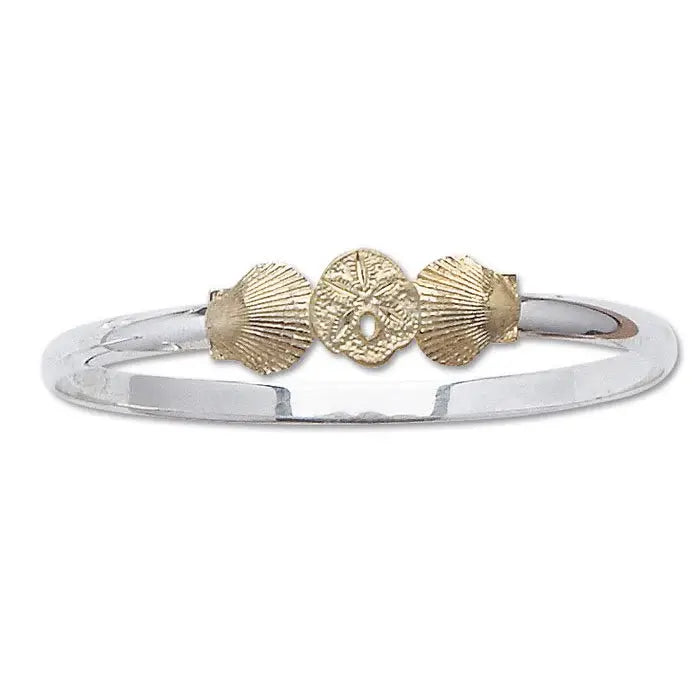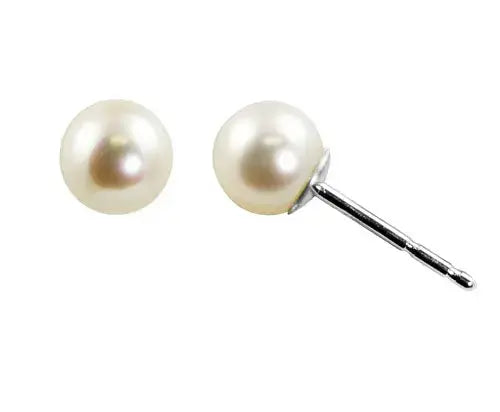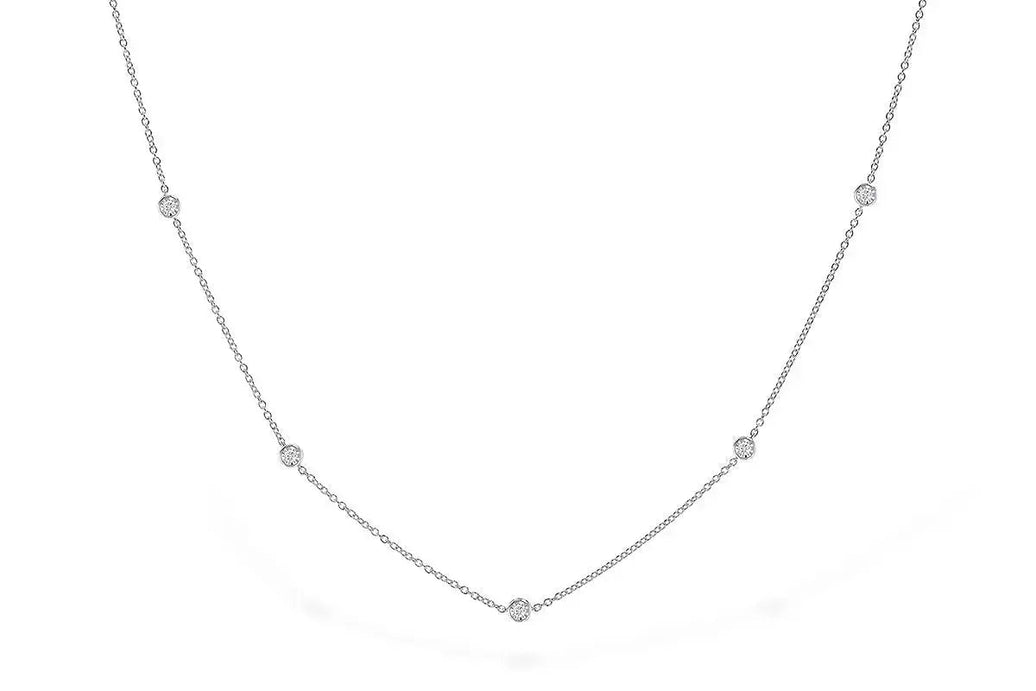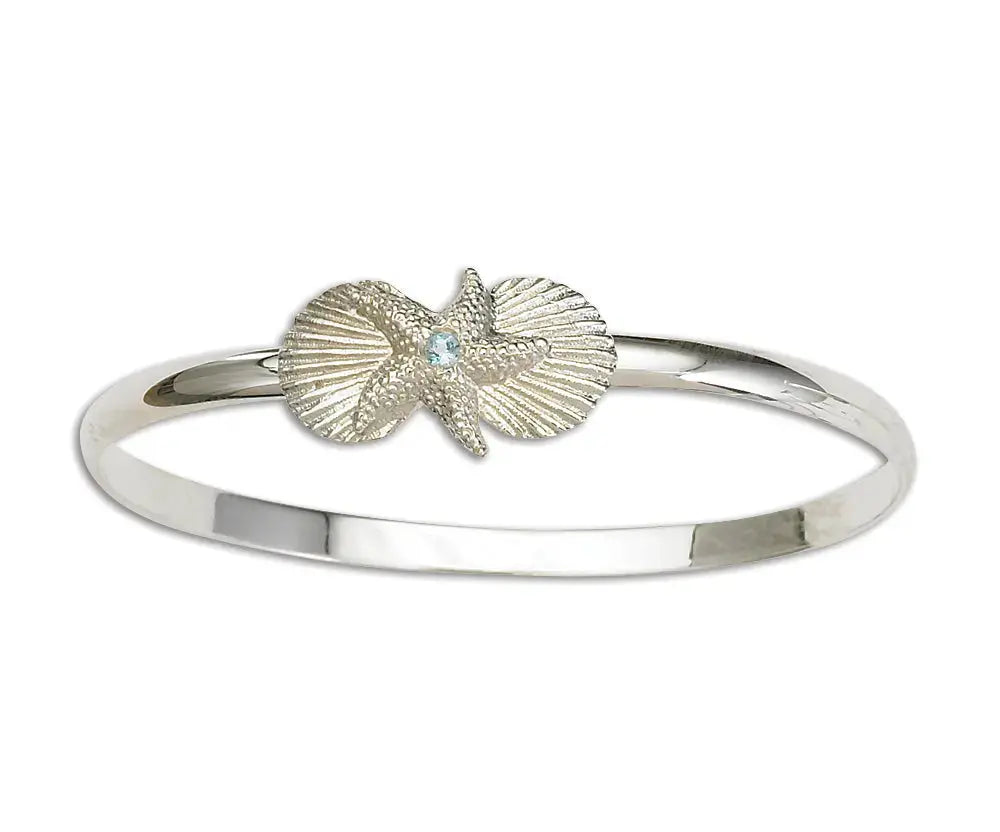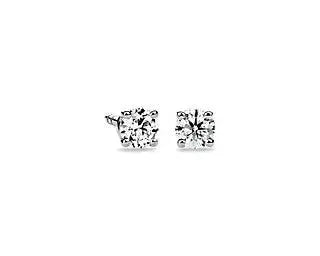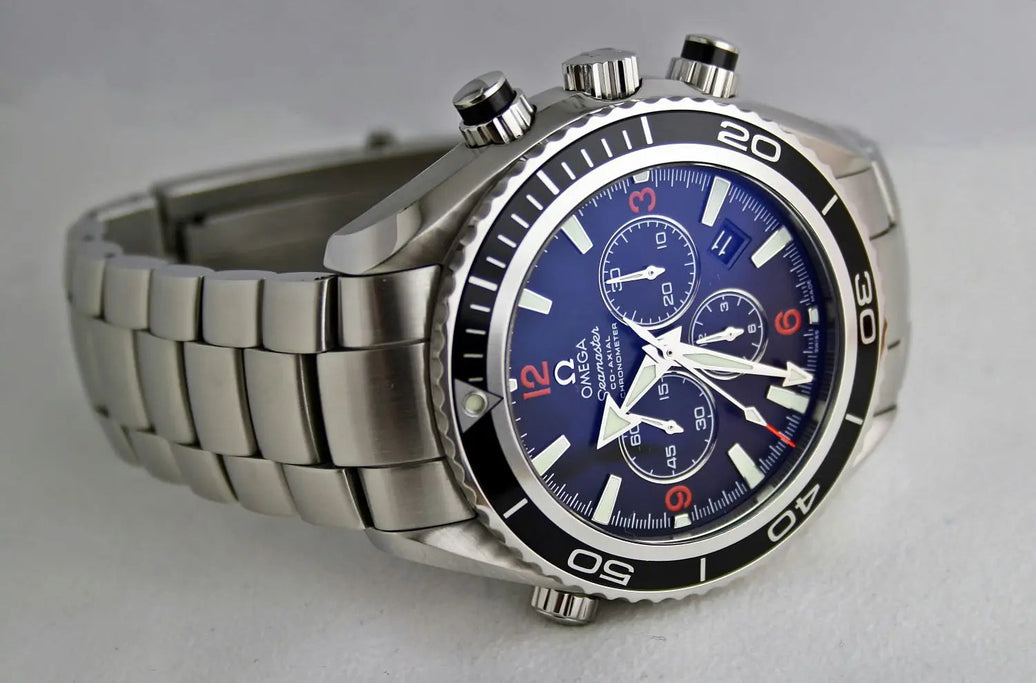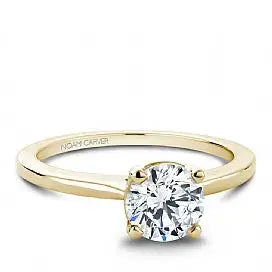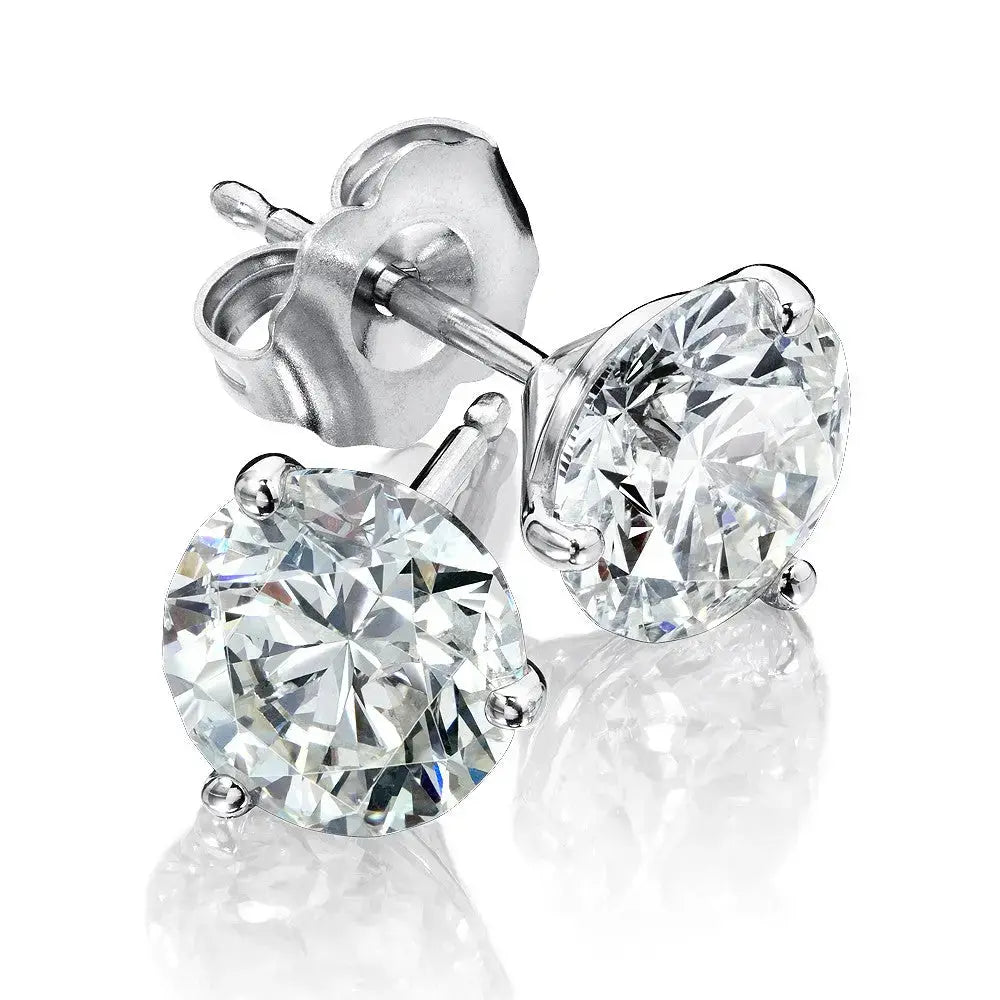THE HISTORY OF PEARLS
As far back as 2300 BC, Chinese records indicate that pearls were the prized possessions of (and gifts to) royalty. In ancient Rome, pearls were a highly prized accessory and worn as a symbol of wealth and prestige. The ancient Greeks also highly valued pearls, using them especially at weddings where they were said to bring love. Pearls known as the “Queen of Jewels” are listed as a birthstone for June and a memorial gemstone for the thirteenth and thirtieth anniversary of marriage.

Cultured Pearls – How They are Processed Cultured pearls are real pearls, grown in either freshwater or saltwater. To begin the process, a skilled technician takes mantle tissue from a sacrificed mollusk of the same species and inserts a shell bead along with a small piece of mantle tissue into a host mollusk’s gonad, or several pieces of mantle tissue without beads into a host mollusk’s mantle. If a bead is used, the mantle tissue grows and forms a sac around it and secretes nacre inward and onto the bead to eventually form a cultured pearl. If no bead is used, nacre forms around the individual implanted mantle tissue pieces. Workers tend the mollusks until the cultured pearls are harvested.1 The process of culturing pearls is monitored by a pearl farmer—helping to keep the animal alive and allowing for high-quality pearls to form. While culturing pearls is different from the formation of natural pearls, both kinds are real gemstones.
Akoya Cultured Pearls
Cultured Akoya pearls are the most abundant saltwater pearl and come primarily from Japan but also from China, Thailand, Vietnam, and Australia. They range in size from 3mm to 11mm, with most being around 7mm. You can find Akoya pearls in white, gray, green, pink, and blue (although rare). Most Akoya pearls are round. Akoya pearls are known for their bright luster and elegance. If you are looking for pink akoya pearls, you are likely searching for white akoya pearls with a rosé overtone.1

Tahitian Pearls
Tahitian pearls are grown slowly. It takes an average of 2 years to grow a 10 mm pearl. Tahitian Pearls Naturally come in 26 different shades of colors from a peacock green to a blue, green or black colors.

South Sea Pearls
Regarded as the prize of pearls, South Sea Pearls are grown in Northern Australia, Southern Indonesia and the Southern Philippines. A product of the Pinctada Maxima. This oyster grows up to 12 inches in diameter, and can be nucleated with a much larger bead than other saltwater oysters such as the Akoya.
The oyster is grown for two full years before it is nucleated. The pearl is then grown for another two years or more before it is harvested. Only 10% of what is harvested is high quality. On average, only half of the pearls produced are marketable and only 10% are considered high quality.

Freshwater Cultured Pearls
Freshwater cultured pearls are the most commonly produced pearls and they are one of the most popular pearl types among shoppers and jewelry designers. This is due to their remarkable range of sizes, shapes and colors, plus their commercial availability at lower price points. They are usually cultured in freshwater lakes and ponds, often with many pearls grown in one oyster. China is the leading source for freshwater cultured pearls.2

5 QUALITIES OF FINE PEARLS
Shape
Although rounds are more popular, the Philippine South Sea pearls also come in different shapes including semi-round, drop, oval, button, semi-baroque, circled and semi-circled
Size
South Seas pearls are the largest in the world. The Pinctada maxima oysters produce 8 mm to 18 mm pearls, with 11 mm diameter on the average. The pearl’s diameter is measured in millimeters with the exception of keshi and baroque-shaped pearls, which are measured by their length. In general, the bigger the pearl, the more valuable it is.
Color
Warm, natural color is another distinct characteristic of the Philippine South Sea pearls. The color of the Philippine South sea pearl is as its region of origin. Its warm, natural gold color is said to be rarer than gold. A variety of tones and saturations product hues in between white and gold that have undertones ranging from rosé, silver, blue, cream and champagne.
Skin Purity
Skin purity pertains to the lack of flaws on the surface of pearls. Ideally, the outermost layer of the pearl must be flawless. However, irregularities are part of the natural characteristics that are used to authenticate cultured pearls from imitation.
Lustre
THE SYMBOLISM OF PEARLS
Generally speaking, pearls symbolize health, peace, wealth, and longevity. However, different pearl colors represent different meanings.
White Pearls (South Sea Pearls)
White pearls have had many special meanings throughout history. They’ve been used primarily to symbolize innocence, purity, faith, protection and peace.
Black Pearls (Tahitian black pearls)
Tahitian black pearls are known as the queen of pearls, which shows that black pearls are high in both quality and price. Black pearls represent mystery, independence, strength, and riches. The stately and mysterious aura that black pearls exude can be both elegant and handsome and unisex.
Pink and Purple Pearls
Pink and lavender is a naturally occurring color found predominately in freshwater pearls. These subtle, pastel colors are not the product of treatment, and the colors do not change or fade. Their existence should be attributed entirely to nature, and not to any artificial cultivation.
Pink pearls represent energy, success, fame, romance, and good fortune. They are soft and romantic in color. Pink pearls make for great graduation gifts because of their promise for the future!
Purple pearls symbolize artistic, wisdom, complexity, nobility, and passion. Purple pearls are great for those in the teaching and philosophy professions where education is paramount.
Gold Pearls
These gemstones are quite a treasure due to their rarity. They are produced by the “gold-lip” South Sea oyster. Cultured pearl farmers carefully implant the oyster with a tiny piece of golden mantle tissue along with a mother-of-pearl bead.
This pearl culturing process initiates the gem’s formation. Cultivating golden pearls requires meticulously selecting golden mantle tissue, which allows the oysters to produce vividly colored Golden South Sea pearls.
Golden pearls come in a variety of hues: silver, champagne, bronze, and of course, 24K gold. Pearl sizes are commonly up to 12mm but are often cultured to be as large as 14mm in diameter.
Gold pearls, like many gold things in our world, represent wealth and prosperity.
Chocolate Pearls
Chocolate Tahitian Pearls are the latest cultured pearl sensation. Introduced a little more than a decade or so ago, these dark, lustrous pearls are really a Tahitian Black Pearl whose initial coloring has been modified to create one that is uniquely bronze in color. The pearl is from the Pinctada Marfaritifera oyster, like all Tahitian pearls, before the coloration process. The proprietary process augments the darker aspects of the pearl’s color to produce a range of gorgeous colors from a honey or copper coloration all the way to a luscious chocolate brown.
Chocolate pearls symbolize harmony and dependability, healing, comfort and protection. They make for great gifts to the person you’ve always been able to rely on to get you through life.
These are not your grandmother’s pearls
Pearls are the only gems on the planet that are created naturally by living creatures. Each pearl has its own soul and its own master, and it is there waiting for you to find it. They will always be classic, pure and timeless.


















